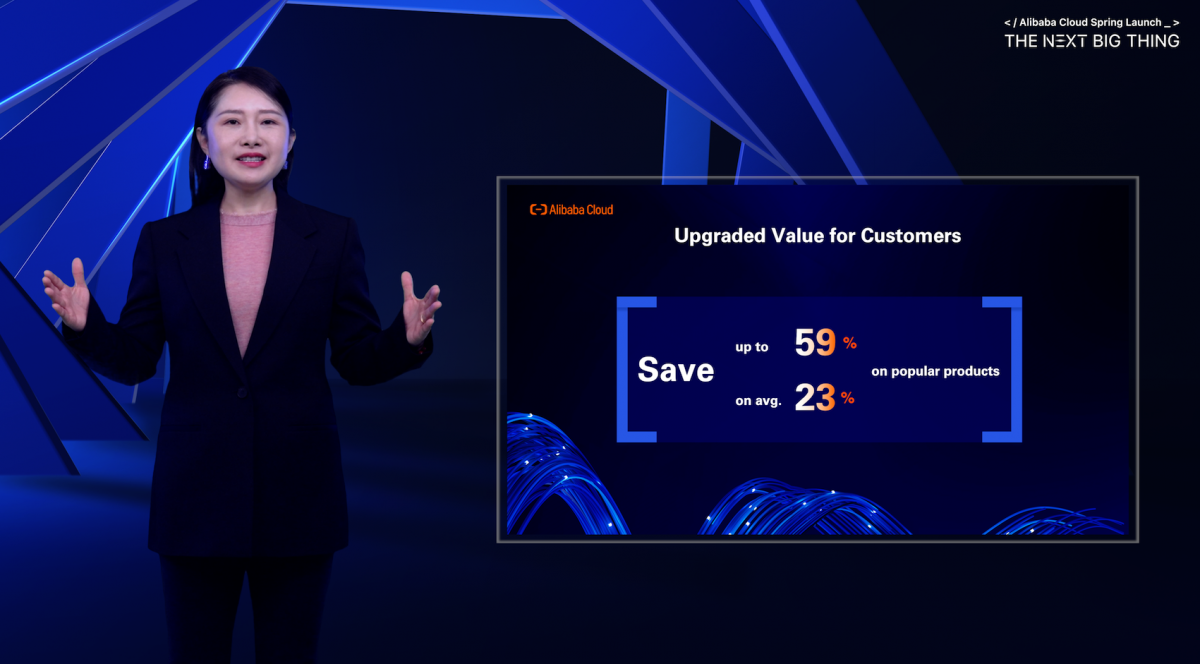
A few years ago, the mention of the term “O2O” elicited head-scratching stares from most of China’s half a billion Internet users. But today, these three characters are seen everywhere in big Chinese cities as all manner of businesses from clothing stores to taxi companies to restaurants to nail spas all tout that they are offering O2O services.
So why has this acronym, which sounds like a wrong answer on a high school chemistry exam, reached buzzword status? In short, it’s because techies reckon that O2O will figure heavily in the future of retailing and consumption in China.
O2O is shorthand for “online retailing to offline retailing,” or “online-to-offline.” It refers to mobile technologies that blend e-commerce with traditional means of selling goods and services. Simply put, O2O is seen as a way to employ mobile devices and the Web to make buying stuff more convenient, efficient and even fun. O2O also offers a way for heretofore mortal enemies—bricks-and-mortar retailers versus online retailers—to explore synergies and peacefully (and hopefully profitably) leverage each other’s strengths.
While O2O applications like Square Inc.’smobile credit card readerare just catching on in the West, in China, where nearly 700 million people use smartphones and other mobile devices, the field is booming. According to iResearch data, China’s O2O market is set to grow more than 600 percent over the next three years from a mere RMB 60 million ($9.7 million) in gross merchandise value in 2013, making it one of the fastest-growing segments of China’s e-commerce market.
Today, many of China’s O2O applications are marketing efforts by traditional retailers aimed at smartphone users. A prime example can be found in train stations, where signboard advertisements displayQR codes. Commuters who capture QR codes by photographing or scanning them with their phones are linked to Web pages with more information on the product or are entitled to product discounts. Chinese e-commerce giant Alibaba Group recently teamed up with a dozen newspapers, including the Beijing News and the Southern Metropolis Daily, todisplay QR codes in print adsso readers who scan them can immediately purchase products on Alibaba’s Taobao Marketplace.
One of China’s livelier online-to-offline arenas is the use of smartphones to pay for offline goods and services using QR codes, emergingsoundwave payment technologyand other methods. Earlier this year, Alibaba and its Internet rival Tencent waged ahighly publicized marketing warwhen they began promoting competing taxi apps that allow people to hail and pay for cab rides using their smartphones.
Currently, China’s leading mobile payment method isAlipay Wallet, a smartphone app from Alibaba’s affiliate Alipay, China’s largest e-payments provider. Alipay Wallet allows users to make purchases in shops, restaurants, from vending machines and other outlets in several ways: they can scan the QR codes of products to add them to virtual shopping carts on Taobao Marketplace’s smartphone app, Taobao Mobile, or they can swipe their smartphone over a payment terminal that accepts soundwave payment technology.
Mobile-payment technology may be convenient, but it has not been without controversy. Citing security concerns, China’s central bank last monthtemporarily suspended online payments using QR codesand virtual credit cards in smartphone payment systems.
While regulatory issues are being worked out, traditional retailers and e-commerce companies are exploring other ways to work together using O2O to boost sales. Retailers dislike “showrooming,” where consumers go to physical stores to check out products they are interested in only to buy them cheaper from somebody else online. But for some types of goods that can’t easily be displayed or researched on the Web, combining bricks-and-mortar shopping with online purchasing can be a winning strategy. In 2011, Alibaba’sTmall.com opened a furniture mallin Beijing to allow customers to test and touch sofas and beds in real life before committing to buying them online. During last year’s11.11 Shopping Festival, China’s biggest online shopping day, Tmall.com brands participating in the sale extended promotional activities to 30,000 real-world outlets, recognizing that many consumers like to examine products in person before they buy.
And then there’s “reverse showrooming,” when consumers are encouraged to conduct their initial product research online then go to a real-world shop to check out products and complete purchases. Reverse showrooming seems to work well for big-ticket items like cars. Duringlast year’s Tmall Car Festival, Chinese automaker Geely sold nearly 3,000 vehicles in a day by offering discounts to online customers who came to Geely dealerships for test drives and to seal deals.
Still more O2O experimentation is happening in so-called location-based services. To help drive innovation in this area,Alibaba Group signed a deal with Autonavi in 2014 to acquire the Chinese mapping and navigation firm that would value the company at $1.5 billion. With Autonavi’s mobile app, merchants on Alibaba’s e-commerce platforms can advertise their offline locations to the app’s users. During the Taobao Mobile shopping festival in March, Autonavi teamed up with Tao Diandian, Alibaba’s online food delivery website, to make it easier for users to find restaurants while on the go.
Although total sales from online shopping in China still represents a small proportion–less than 10 percent–of all retail spending in China, observers say that the rapid growth of e-commerce will compel even greater integration of offline and online retail worlds in ways that offers consumers greater convenience and choice.
One of the downsides of online shopping is that consumers sometimes wait days or weeks for home delivery. By partnering with chain stores that have lots of outlets, virtual stores can give consumers the option of picking up their merchandise themselves from stores in their neighborhoods. For example, last year Taiwan’sFamily Mart convenience store chain teamed up with Taobao Marketplaceto allow shoppers to opt to have orders delivered to 2,900 Family Mart stores across Taiwan for pick-up.
Such alliances are likely to become more common as stakeholders compete to come up with fresh innovations. To get a foothold in bricks-and-mortar territory, Alibaba Group recently said it planned toinvest $692 million in Chinese department store chain Intime Retail Group. The companies said they will cooperate to deliver to consumers “an online shopping experience connected to Intime’s physical stores and membership system.” Through the planned integration of the companies’ respective I.T. systems, Tmall.com will have access to Intime’s offline inventory product database, enabling the website to offer a broader product selection of international brands. In addition to this, the deal could see the fulfillment Tmall.com online orders from Intime’s physical stores. Customers will also be able to take advantage of more targeted promotions and membership benefits by connecting their smartphones via wi-fi and location-based technology in Intime stores, company officials said.
Alibaba officials expressed confidence in the potential synergies. Said Alibaba Group CEO Daniel Zhang in a prepared statement when the deal was announced: “We see significant opportunities to extend our e-commerce platform to physical retail, developing a more engaging, omni-channel and digitally connected shopping experience.” That pretty much sums up what O2O is all about.




